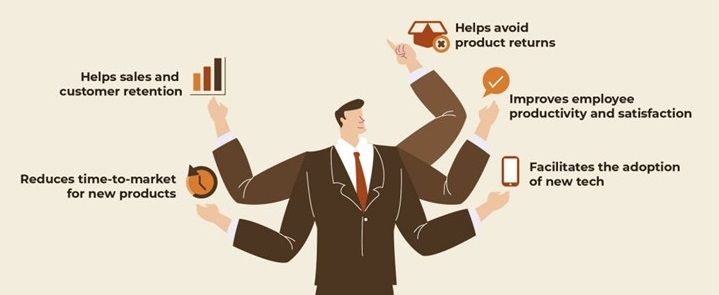1. PIM helps sales and customer retention
The tech-savvy consumers of today expect correct and complete product data at their fingertips. Even when they have conversations with salespeople in-store, they are comparing details online, before making a purchase decision. If what you’re saying about your product is inaccurate or inadequate, you’ll lose your customers’ interest immediately. A PIM will help you structure and dispense your product information accurately.











